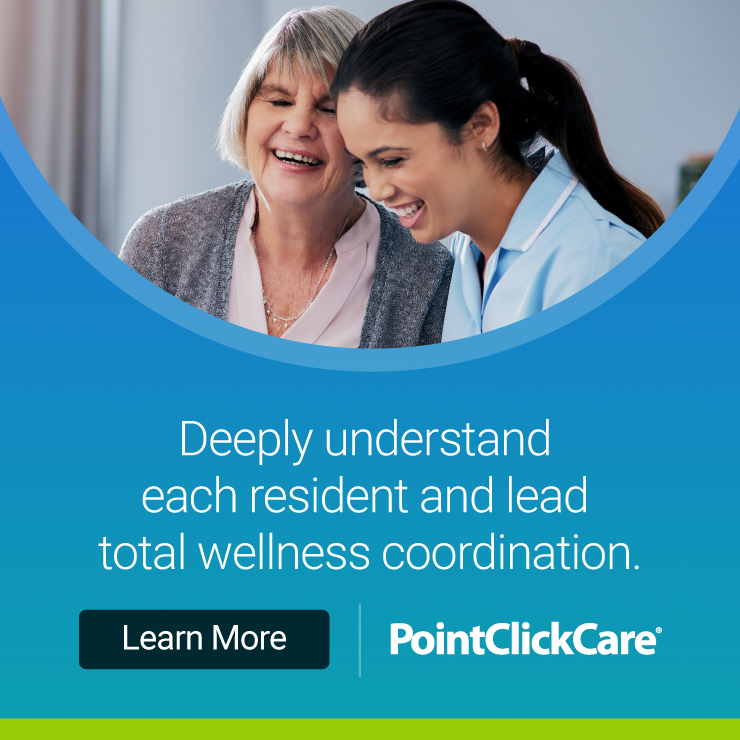Like many players in healthcare, a large national provider of in-home care constantly struggles to balance the benefits of scale with the benefits of locality.
By Katie Roper, VP of Health Care Strategy and Partnerships, Home Care Assistance
Like many players in healthcare, a large national provider of in-home care constantly struggles to balance the benefits of scale with the benefits of locality. I joined Home Care Assistance to focus on national partnerships and I’ve spent the last six months trying to figure out where to leverage our scale and when to focus on our local knowledge. I still don’t have all the answers, but in this series of posts I’d like to share with you our exploration of the questions.
Internet Lead Handling
Take Internet lead handling. We buy leads from Google, from third parties, and generate organic leads from our web site. We know the best consumer experience, and consequently the best conversion of “lead to start-of-care” happens when local Client Care Managers answer the phone.
They spend their days coordinating personalized care for our clients and their families. They can talk knowledgeably on the specific characteristics of local hospitals, senior housing communities, and other health care options. Families love working with them, and so they are the best salespeople we can get.
The Problem
The problem though, is that the client care managers are busy doing their jobs caring for our clients. They are out meeting families, not sitting at desks waiting for the phone to ring from people who found our web site. So callers would bounce around, sometimes talking to the office manager, sometimes a scheduler, and sometimes going into voice mail because everyone else was busy. And people who filled out a lead form? Someone would call them back at the end of the day, once all the real work was done.
I know from my time at caring.com (a Senior Housing Forum partner) that speed-to-lead is the critical factor in handling consumer leads, so it was clear to me that this wasn’t an optimal solution. It also meant that we failed to provide a consistent client experience. Some people had an excellent introduction to Home Care Assistance. Others, not so much.
Centralization
We decided to centralize call handling, and set up a little team of “care advisors” to answer the phones for consumers calling from one of our web marketing activities. We gave them intense coaching on call handling, and access to the schedules of the local personnel. We started with just six offices, to test whether the increase in call handling consistency and speed-to-lead would offset the loss of local knowledge.
And sure enough, centralizing lead response made our lead conversion rate go down.
But . . .
The absolute number of client starts from the same number of leads went up . . . by 50%. It turns out that one benefit of standardization was that all the leads got entered into our CRM, not just the ones where someone made contact. This drove up the denominator and so lowered the apparent conversion rate.
Yet the benefit of speed-to-lead, the benefit of training on best practices for handling consumer inquiries, the benefit of dedicated staff who repeatedly follow up with callers, all combine to give us a much better yield on the same lead spend. Here’s a clear case of the benefits of standardization. We’re now rolling out our little call center to support all our offices.








